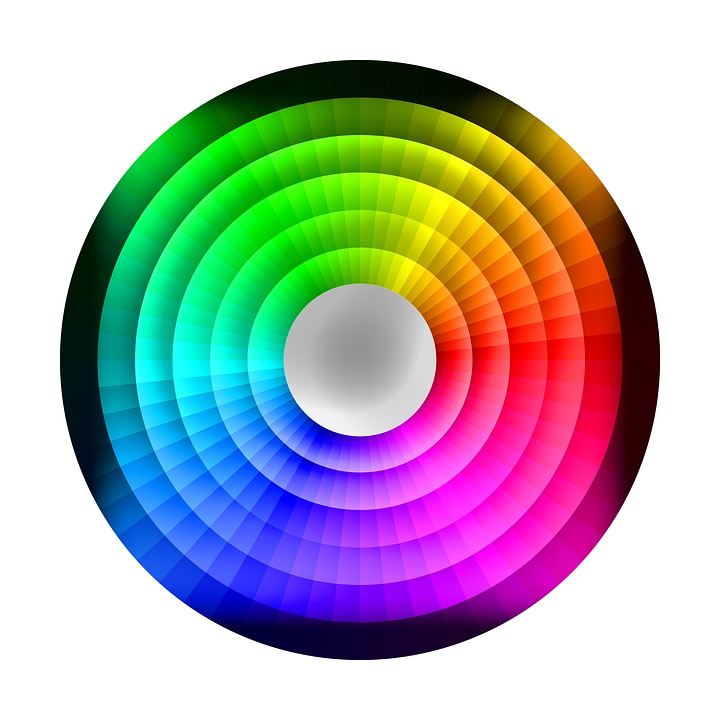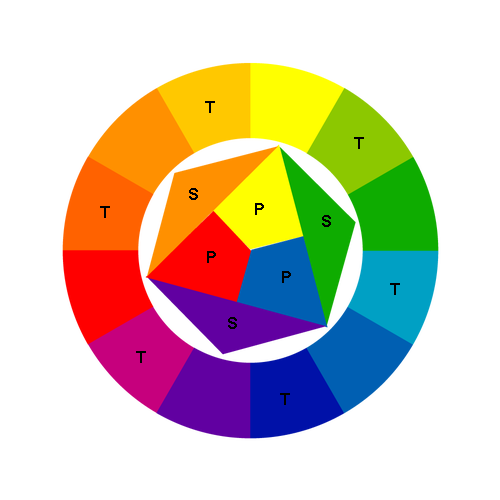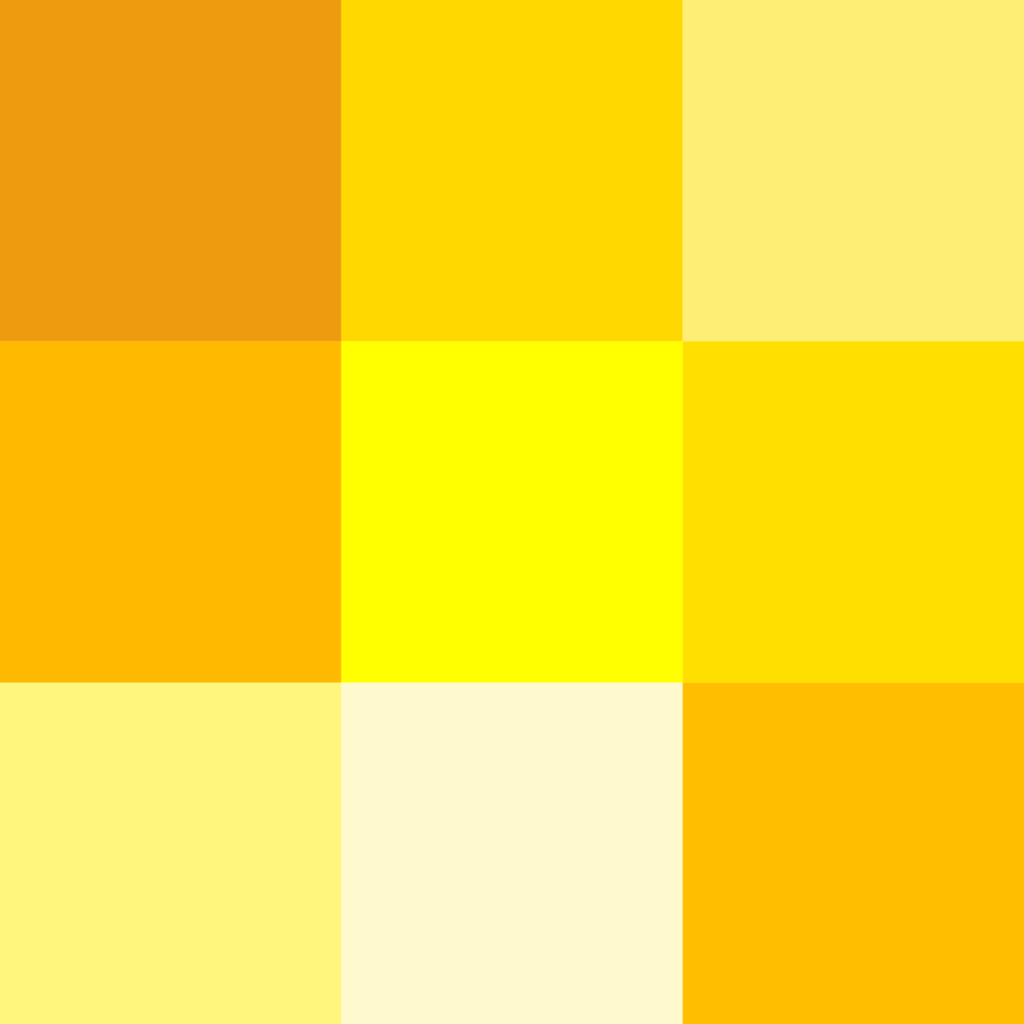Color Wheel Theory & the Color Wheel Chart!

Always confused about what colors would look good together in a particular space? Well, understanding the basics of the Color Wheel Theory might help you out in creating some of the best color combinations out there, let it be for your home’s interior design, or maybe simply for a catchy presentation out there. In this article, we would try to understand the basics of the Color Theory & the Color Wheel in a better way so that we can use it further to create some great color combinations.
The Color Wheel Theory:
The Color Theory was invented in 1666 by one of the greatest scientists that ever existed, Isaac Newton. It is simply a combination of Art and Science which helps us choose a combination of colors that complements each other. Newton mapped the color spectrum into a circle, The Color Wheel, which helps to show the relationship between the various colors.
What is Color Harmony?
The color combinations that complement each other and create a pleasing effect when used together in a particular space is called a Color Harmony. Moreover, most of the designers out there make the use of color harmonies to create a particular feel or effect in a space. For finding out the Color Harmonies, a typical Color Wheel Chart comes in handy by using the rules of color combinations.

Types of Color Wheels:
Typically, there are two types of Color Wheels. The RYB (Red, Yellow, Blue) comes in handy to artists and designers for creating a pleasant color palette. Alternatively, the RGB (Red, Green, Blue) comes in handy for digital designers. RGB Color Wheel Chart helps in creating soothing light colors, such as on a computer screen or a television screen.
Primary, Secondary & the Tertiary Colors:
- Primary Colors: Primary Colors consist of the 3 basic pigments which cannot be formed by the combination of any other two or more colors. These three color hues are Red, Yellow, and Blue.
- Secondary Colors: The 3 colors that we get after mixing any two primary colors are known as Secondary Colors. The three Secondary Colors are Orange (Red + Yellow), Green (Yellow + Blue), and Violet (Blue + Red).
- Tertiary Colors: The colors obtained by mixing a Primary Color with a Secondary Color are known as a Tertiary Color. Therefore, there are six Tertiary Colors in total, namely, Red-Orange, Yellow-Green, Blue-Violet, Yellow-Orange, Blue-Green, and Red-Violet.

Warm & Cool Colors:
All the hues of the Color Wheel can be divided into two categories, Warm Colors, and Cool Colors. The coolness or the warmth of the color is also defined as the temperature of the color. Also, as per psychology, different colors tend to evoke different feelings. The warm colors tend to evoke the feeling of coziness and energy. On the other hand, Cool colors tend to evoke the feeling of calm, serenity, and isolation. Therefore, these different properties can be really helpful for providing a particular feel to special spaces and rooms.

Shades, Tones, and Tints:
The Shades, Tones, and Tints are achieved by adding black, grey, and white respectively to the basic hues of the Color Wheel.
- Shades: Adding a hint of black to any base hue can make the color darker. This evokes a feeling of richness and depth. Shades can sometimes create a really overpowering and dramatic effect.
- Tones: A tone is created by adding grey (a combination of black & white) to a base hue. They are a slightly lighter version of the original hue. Therefore, they can be used to differentiate minute complexities and create a detailed outlook.
- Tints: Tints are achieved by adding white to any of the base colors. It can be helpful in reducing the intensity of the base hues. It comes in handy while working with a combination of various colors.

TINTS, SHADES, & TONES OF YELLOW 
TINTS, SHADES, & TONES OF PINK
The Neutrals:
The neutral colors do not show up on the color wheel images. However, adding them up in your color scheme to bring everything together can actually do wonders. The neutral colors are generally Black, white, and all the shades of Grey.

Effective use of the color wheel images can actually enhance the work of artists, interior designers, architects as well all the other people in general who look forward to generating a magical outcome with the play of colors.



